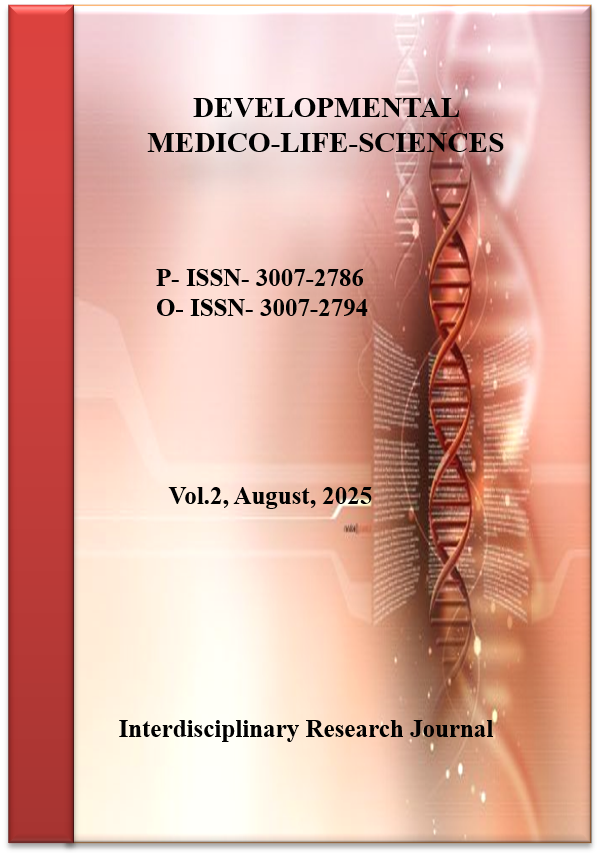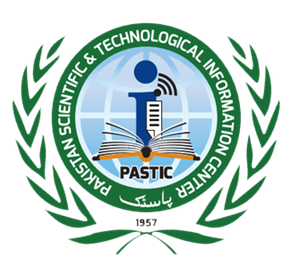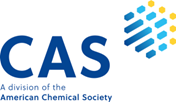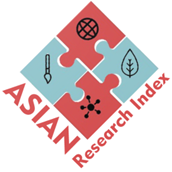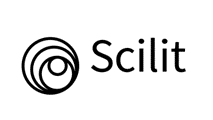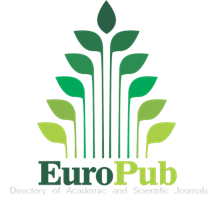Advances in RNA-Seq Data Analysis: Towards More Reliable Clinical Translation
Advances in RNA-Seq Data Analysis: Towards Reliable Clinical Translation
DOI:
https://doi.org/10.69750/dmls.02.08.0143Keywords:
RNA-Seq, transcriptomics, clinical translation, single-cell sequencing, bioinformaticsAbstract
The last two decades have witnessed an unprecedented transformation in genomics research, driven largely by the development and maturation of next-generation sequencing (NGS) technologies. Among them, RNA sequencing (RNA-Seq) has emerged as a cornerstone technique for exploring the transcriptome, enabling researchers to characterize gene expression profiles, alternative splicing events, non-coding RNAs, and gene fusions with remarkable depth and resolution [1]. What began as a powerful research tool is now advancing steadily towards clinical utility, with applications ranging from precision oncology to rare disease diagnostics. Yet, the journey from bench to bedside is far from straightforward. The evolving landscape of RNA-Seq data analysis offers both opportunities and challenges that must be addressed to ensure reliable clinical translation [2].
Evolution of RNA-Seq Analytical Pipelines:
Early RNA-Seq studies were primarily focused on counting reads aligned to known genes. Over time, analysis pipelines have expanded in scope and sophistication [3]. Current workflows integrate multiple layers quality control, alignment or pseudoalignment, normalization, statistical modeling, and downstream interpretation each supported by specialized software tools. Algorithms such as STAR, HISAT2, Salmon, and Kallisto have improved speed and accuracy in alignment, while normalization methods like DESeq2 and edgeR address inherent biases in sequencing depth and sample composition. The refinement of these pipelines has enabled researchers to handle increasingly complex datasets, including single-cell RNA-Seq and spatial transcriptomics [4].
Addressing Data Variability and Standardization:
One of the most pressing challenges in translating RNA-Seq into clinical practice is variability across platforms, laboratories, and computational pipelines. Batch effects, differences in library preparation, and sequencing depth can profoundly influence results, raising concerns about reproducibility [5]. International initiatives such as the Genotype-Tissue Expression (GTEx) project and consortia like ENCODE have highlighted the necessity of standardized protocols. More recently, bioinformatics efforts have begun to converge on best practices, incorporating machine learning approaches for robust normalization and artifact correction. Such standardization is essential if RNA-Seq is to achieve regulatory acceptance for clinical decision-making [6].
Integration with Clinical Workflows:
For RNA-Seq to impact patient care meaningfully, it must integrate seamlessly into clinical workflows [7]. This requires not only rapid turnaround times but also clear interpretability of results. Advances in automated pipelines and cloud-based computational platforms are helping reduce analysis bottlenecks. Additionally, user-friendly visualization tools are enabling clinicians to navigate complex datasets with greater ease. The development of clinical reporting standards, particularly in oncology where RNA-Seq can reveal actionable mutations or expression signatures, is bridging the gap between raw data and meaningful therapeutic recommendations [8].
Emerging Frontiers: Single-Cell and Multi-Omics:
The shift towards single-cell RNA-Seq has opened new dimensions of biological discovery, allowing for the resolution of cellular heterogeneity within tissues and tumors. When integrated with proteomics, metabolomics, and epigenomics, RNA-Seq forms part of a powerful multi-omics toolkit [9]. These integrative approaches promise a holistic view of disease mechanisms, offering unprecedented potential for biomarker discovery and therapeutic targeting. However, the complexity of such datasets necessitates advanced computational models, often leveraging artificial intelligence, to extract clinically relevant insights [10].
Ethical and Regulatory Considerations:
Clinical translation of RNA-Seq also raises ethical and regulatory questions. Patient privacy, informed consent, and the management of incidental findings are critical concerns [11]. Moreover, regulatory agencies require rigorous demonstration of analytic validity, clinical validity, and clinical utility before approving RNA-Seq-based diagnostics. Collaborative frameworks between researchers, clinicians, bioinformaticians, and regulators will be essential in establishing RNA-Seq as a reliable clinical tool [12].
CONCLUSION
RNA-Seq has evolved from an exploratory research technology to a promising instrument for precision medicine. Advances in computational analysis, standardization efforts, and multi-omics integration are bringing the field closer to clinical translation. However, significant challenges remain in ensuring reproducibility, interpretability, and regulatory compliance. The future of RNA-Seq lies in collaborative innovation, where cutting-edge computational methods, rigorous standardization, and ethical foresight converge to transform transcriptomic insights into tangible clinical benefits. If these hurdles can be overcome, RNA-Seq has the potential to redefine diagnostics and therapeutics, marking a new era in personalized medicine.
Downloads
References
Li X, Zhang Y, Zhu J, et al. From bulk, single-cell to spatial RNA sequencing. Cell Discov. 2021;7:44. doi:10.1038/s41421-021-00146-0
Woo H, Yang H, Lu C, et al. Applications and techniques of single-cell RNA sequencing. Brief Bioinform. 2025;26(4):bbaf354. doi:10.1093/bib/bbaf354
Zhang B, He S, Zhang H, et al. Emerging clinical applications of single-cell RNA sequencing in cancer. Nat Rev Clin Oncol. 2025;22: (ahead of print). doi:10.1038/s41571-024-00719-0
Chen S, Shi Y, Yang Z, et al. Review: Long-read RNA sequencing: a transformative technology for transcriptome discovery. Hum Mol Genet. 2024;33(R1):R73–R88. doi:10.1093/hmg/ddad126
Manzoor F, Tsurgeon CA, Gupta V. Exploring RNA-Seq data analysis through visualization techniques and tools: a systematic review of opportunities and limitations for clinical applications. Bioeng. 2025;12(1):56. doi:10.3390/bioengineering12010056
Arya A, Guha S, Lee H, et al. Navigating single-cell RNA-sequencing: protocols, tools and emerging methods. Front Genet. 2025; Advance online.
Li X, Chen Y, Williams T, et al. Spatial transcriptomics in human biomedical research and clinical applications. Genome Biol. 2023;24:63. doi:10.1186/s13059-023-02887-0
Zhang Y, Guo X, Shen W. Advances in single-cell RNA sequencing and its applications in cancer research and clinical practice. J Hematol Oncol. 2023;16:94. doi:10.1186/s13045-023-01494-6
Costa-Silva J, Domingues D, Menotti D, Hungria M, Lopes FM. Computational methods for differentially expressed gene analysis from RNA-Seq: an overview. arXiv preprint arXiv:2109.03625. 2021.
Chassagnol B, Nuel G, Becht E. An updated state-of-the-art overview of transcriptomic deconvolution methods. arXiv preprint arXiv:2310.14722. 2023.
Patel M, Magre N, Motwani H, Brown NB. Advances in Machine Learning, Statistical Methods, and AI for single-cell RNA annotation using raw count matrices in scRNA-seq data. arXiv preprint arXiv:2406.05258. 2024.
Zhang Z, Li Q, Lian Q, Song D, Li JJ. Categorization and analysis of 14 computational methods for estimating cell potency from single-cell RNA-seq data. arXiv preprint arXiv:2309.13518. 2023.
